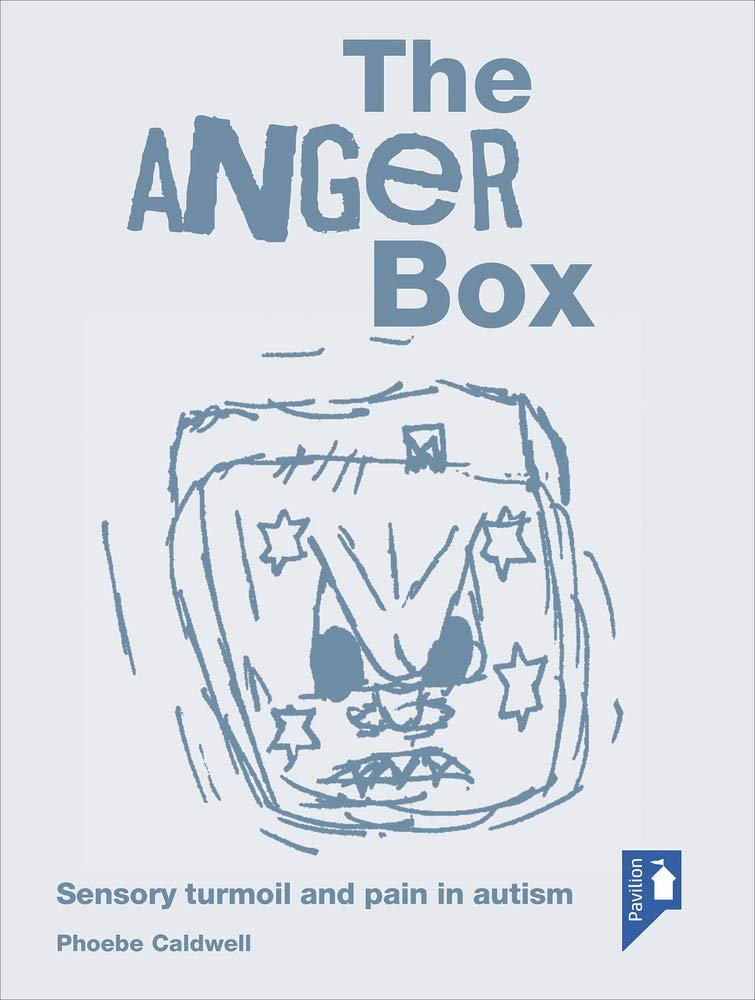Have you ever wondered what it’s like to navigate the world of autism with intense emotions? “The Anger Box: Sensory turmoil and pain in autism” might be a source of insight and comfort. This paperback, released in January 2014, aims to illuminate the hidden struggles many individuals with autism face in relation to sensory experiences and emotional challenges.
Understanding the Essence of “The Anger Box”
When picking up this book, you’re not just reading; you’re entering a world of reflection on emotional complexity. It’s a heartfelt exploration of how sensory experiences influence emotions for those with autism. It’s designed to empathize with their journey and offer perspectives that could change how you understand these unique experiences.
The Importance of the Subject
In your encounters with literature on autism, you might have come across topics that focus mainly on behavior. “The Anger Box” veers into a different direction, honing in on sensory and emotional experiences. Why is this important? Because emotions and sensory responses are intertwined, playing a significant role in the daily lives of individuals with autism. By opening this book, you’re taking a step into their shoes, attempting to feel and understand their world.
The Anger Box: Sensory turmoil and pain in autism Paperback – January 1, 2014
$17.95 Temporarily out of stock.
A Breakdown of Key Themes
For a more structured comprehension, let’s break down the main themes discussed in the book. This approach will offer a better grasp on what the book covers and allow you to pinpoint areas that might resonate with you the most.
| Theme | Description |
|---|---|
| Sensory Overload | Discussion on how everyday sensory experiences can become overwhelming and impact emotional health. |
| Emotional Turmoil | Exploration of the complex emotional responses to sensory overload and other stimuli. |
| Coping Mechanisms | Insights into strategies that individuals with autism might adopt to manage sensory and emotional challenges. |
| Understanding & Empathy | Encouragement for readers to develop empathy and understanding towards individuals experiencing these challenges. |
Sensory Overload: More Than Just Noise
Sensory overload isn’t merely about loud noises. It’s an intense, sometimes unbearable onslaught of sensory inputs that can leave individuals feeling trapped. You’ll discover in the book how ordinary stimuli like bright lights or crowded places can provoke significant discomfort. Have you ever thought about the way a simple sensory experience could hijack your day?
Emotional Turmoil: The Unseen Battle
Emotions aren’t always straightforward, and this is especially true when it comes to autism. The book delves into the unpredictable emotional responses that accompany sensory overload. It’s not about a lack of control—it’s about navigating a complex emotional landscape that’s often misunderstood by others.
Coping Mechanisms: Finding What Works
While reading, you’ll learn about various coping strategies that people with autism may use. These techniques aren’t one-size-fits-all. The book offers a range of methods, encouraging readers to think about which approaches might fit different situations. It’s like assembling a toolbox of strategies—each person finding what fits best for them in their own time.
The Role of Support
Support systems play a critical role in managing sensory and emotional turmoil. From family to friends, to professional guidance, having a supportive network can make all the difference. You might appreciate the book’s insights into how proactive support can foster a sense of understanding and improve quality of life.
Understanding & Empathy: Creating a Compassionate World
One of the most striking aspects of the book is how it calls readers to shift their perceptions. It’s an invitation to cultivate empathy and understanding. If you’re connected to someone living with autism, or simply curious, “The Anger Box” fosters a deeper, more compassionate view of their experiences.
Why Empathy Matters
Empathy isn’t just about understanding; it’s about building connections. It’s about perceiving the world through someone else’s eyes and edging closer to their experiences. The insight this book provides can transform how you engage with people on the autism spectrum, influencing your interactions in a positive, supportive way.
Conclusion: More Than Just a Book
As you close the pages of “The Anger Box,” you’re left with more than just words on a page. You’ve been given a mirror to reflect on your perspective towards autism and sensory emotions. Offering you a richer understanding and paving the way for more meaningful interactions with those around you. Have you considered what steps you might take to embrace this newfound understanding in your own life? Each day presents an opportunity to shift your mindset and engage with others on a deeper level.
In a world that often focuses on what’s visible, this book shines a light on the unseen emotional and sensory landscapes shaped by autism. Maybe, just maybe, you’ll find yourself looking at the world with a kinder, more empathetic gaze.
Disclosure: As an Amazon Associate, I earn from qualifying purchases.




